Name Henry Ludington Died 1817 | Children Sybil Ludington | |
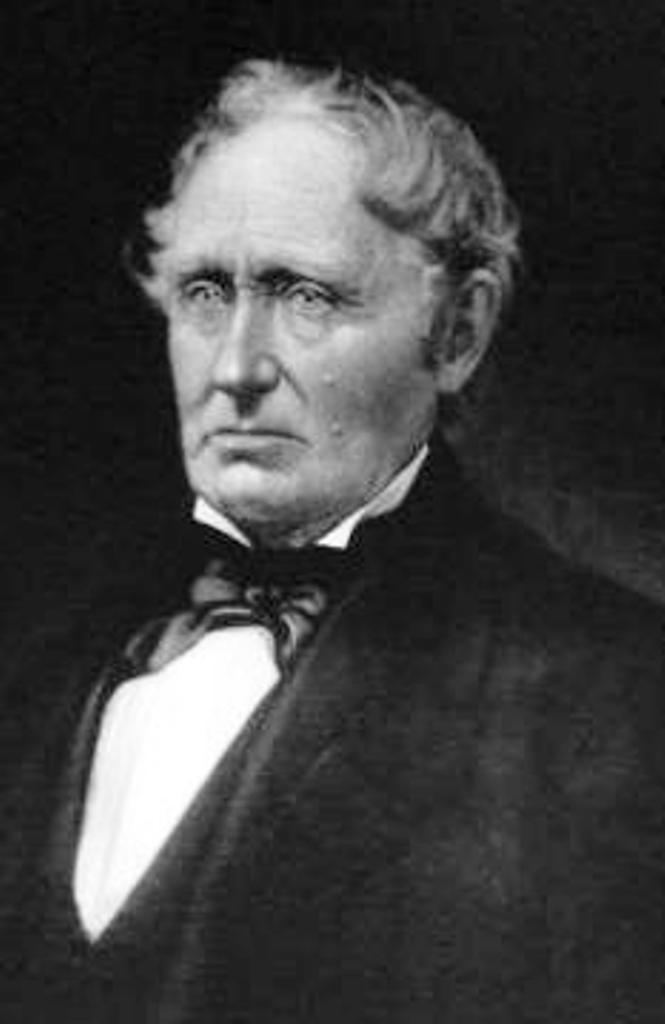 | ||
Similar People Sybil Ludington, William Tryon, Benedict Arnold | ||
Ludington's Ride
Henry Ludington (May 25, 1739 – January 24, 1817) was an American businessman who ran a grist mill and owned a substantial parcel of land in New York state. He founded Ludingtonville, which later became the town of Kent, New York. He was a citizen of Patterson, New York, and was involved with its growth.
Contents
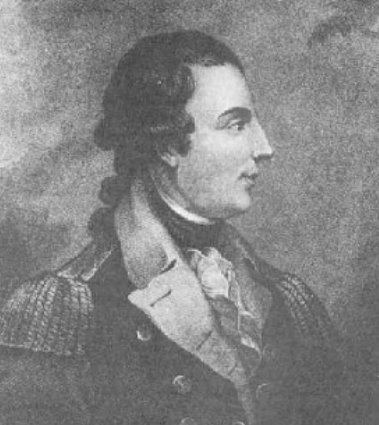
Ludington fought in the Seven Years' War and, as captain, commanded a volunteer regiment at the Battle of Ridgefield during the American Revolutionary War. Ludington was promoted to Colonel and became an aide-de-camp to General George Washington in providing spies for espionage. He was associated with John Jay in a ring of spies. His daughter Sybil Ludington is well known to historians for her role in the American Revolution in helping the cause for independence by undertaking a nighttime horseback ride similar to that done by the patriot Paul Revere to alert the colonial militia to the approach of British forces.

Ludington's descendants have continued his legacy in several states besides New York, including Wisconsin and Michigan. Some became leaders in their own right and others were involved in developing towns.
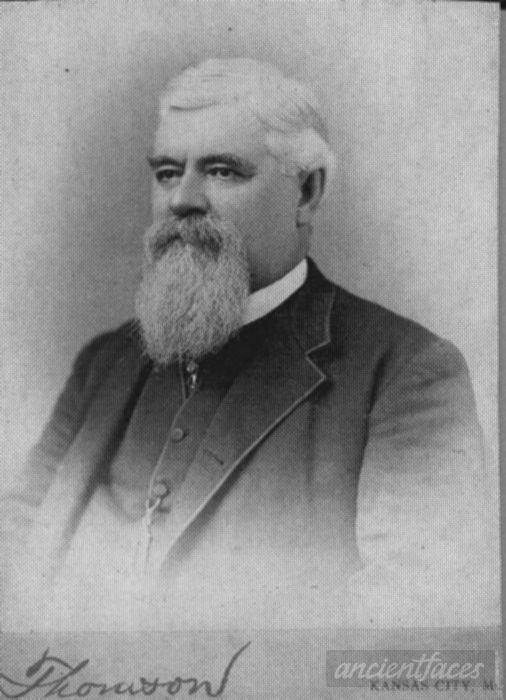
Ancestry
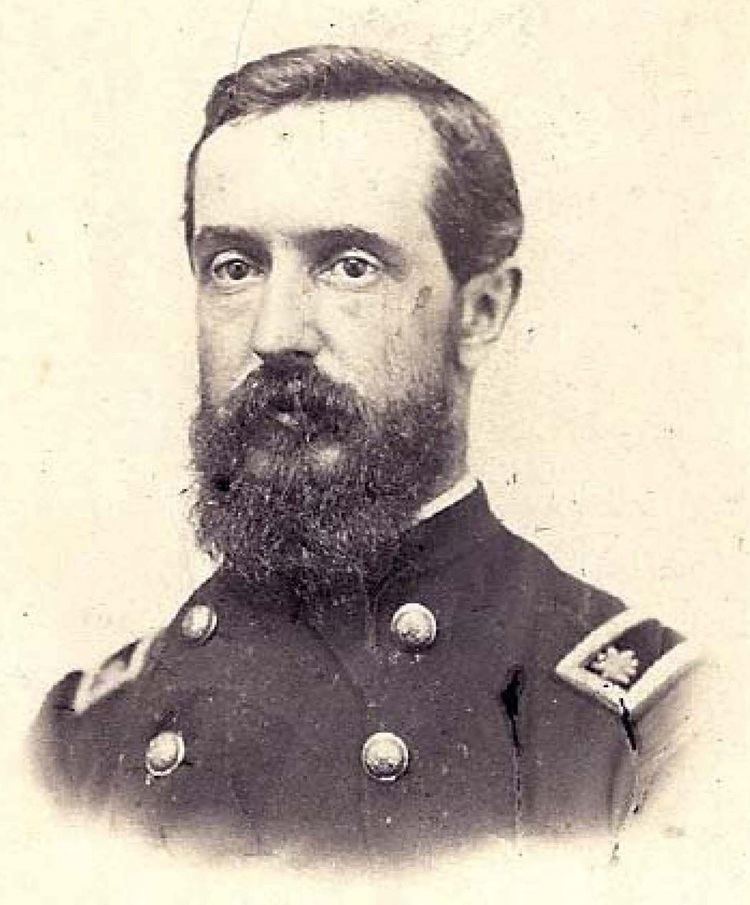
Ludington's great-great-grandfather William Ludington (b. 1608) and his wife Ellen (b. 1617) were of English origin. Their places of birth in England are unknown. They were married in England in 1636. A few years later they immigrated to America. William and Ellen moved permanently to Charlestown, Massachusetts, in 1640 and raised seven children (one had been born in England). William and his wife are the founders of the Ludington family in America and many of their descendants are in the Eastern United States. William and Ellen moved to New Haven, Connecticut, about 1660. It is recorded by 20th-century historian Louis S. Patrick that William died in 1663 at East Haven. By other historians his death is recorded as occurring in 1662. The difference in dating is due to the use the Julian Calendar in the mid-18th century in the Thirteen Colonies in America.
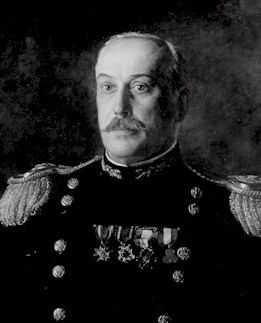
The sixth child of William, founder of the American Ludingtons, was another William Ludington (second in family) who was born about 1655 (died 1737). His first wife was Martha Rose and they had two sons and a daughter. Their first child was a Henry Ludington, who was born in 1679. The second child of this Henry Ludington was still another William Ludington, born in Branford, Connecticut, on September 6, 1702. He married Mary Knowles November 5, 1730, and they had eight children. Their third child was named Henry Ludington; his uncles were patriots and fought in one way or another for American independence.
Life
Henry Ludington was born May 25, 1739, in Branford, Connecticut. He had two older sisters, Submit and Mary, and five younger siblings, Lydia, Samuel, Rebecca, Anne, and Stephen. Not all survived to adulthood.
Ludington was schooled as a child in Branford typical to that of schooling in colonial towns of the 18th century. The school was controlled by the local Christian church and provided minimal basic education. Ludington was not interested in scholarly studies, but thought in terms of action instead. Ludington decided to discover the world and never completed his schooling.
Ludington enlisted in the local military in September 1755, at the age of sixteen. He was with Captain Foote's company of the Second Connecticut Regiment. Historian Louis S. Patrick says that Ludington re-enlisted on April 19, 1756, served under Colonel Andrew Ward at Crown Point, and was discharged on November 13, 1756. He was called back again for fifteen days of service at a "general alarm" for the relief of Fort William Henry in August 1757. He re-enlisted on April 14, 1759, for the campaign of the Second Connecticut Regiment under Colonel Nathan Whiting and was a member of David Baldwin's Third Company.
Ludington marched with the British and American troops to Canada and participated in the victory at Quebec on September 13, 1759. He was entrusted at the age of twenty with being in charge of a company of sixty wounded soldiers who returned to New England. The arduous journey was made from Quebec to Boston in the infamous winter of 1759–60. Even though there were many hardships Ludington got his disabled comrades home safely. He then proceeded from Boston to Branford, Connecticut, in the spring of 1760 and retired from his military career. He returned to civilian life and married his cousin Abigail on May 1, 1760. She was born on May 8, 1745, so was just turning fifteen. They had twelve children, all born in Kent, New York (then known as Fredericksburgh).
Ludington received from King George II the promotion of lieutenant in the British Colonial Army as an accolade in recognition of his services. He held that position until he heard of the Duties in American Colonies Stamp Act, when he resigned in protest. Ludington then accepted on February 13, 1773, a captain's commission from William Tryon, the last British governor of New York. He held that position until the beginning of the American Revolution. Ludington then was the commander of the 7th regiment (infantry) of "Dutchess County" in New York in the Battle of Ridgefield in April 1777, of the American Revolutionary War. The volunteers were mostly from the towns of Kent and Carmel of that county (later Putman County).
Ludington was affiliated with George Washington as an aide-de-camp. He worked with Washington and helped establish the initial "secret service" in America. Washington, in his campaign for American independence, conceived the idea of gathering patriots in a secret service of espionage to gather information on British troops and their activities so he could gain an advantage in his military movements. He sent a letter on February 4, 1777, to the military commander Nathaniel Sackett for assistance on this. Sackett in turn then delivered a letter ten days later to Ludington asking for help to furnish spies in Dutchess County and Westchester County in the New York province to gather information on British activities.
Among the first spies Ludington collaborated with was Enoch Crosby. Crosby was an American Revolutionary War soldier and worked in the territory where Ludington commanded troops. Crosby was a shoemaker by trade and while traveling for his trade, he obtained critical espionage information that was important to Washington for his troops. Ludington knew that Crosby had this vital information and his objective to get it in the correct hands. He aided Crosby in providing shelter and necessary provisions. Ludington helped other spies also, among them Benajah Tubbs. Ludington gathered information vital to Washington and passed it on to the Continental Army. He worked with John Jay in a spy ring that gathered information about British activities.
Ludington was much involved in the community of Patterson, New York. He built the "Ludington Mill" and gave the lumber required for building the first local academy, an important school for the town. He was one of its trustees of the Presbyterian church and helped purchase in 1793 the land for its cemetery.
Ludington was sociable and often in his retirement would meet with John Jay and John Crane at Elijah Townsend's house to reminisce about their days as spies of the American Revolution. He died of cancer at the age of 78 on January 24, 1817. His remains were buried in the churchyard of the town's Presbyterian church. His Patterson grave is marked with a tombstone that has a short inscription:
Historian William J. Blake of Putnam County said the epitaph was so simple that it didn't do justice for the patriot that helped develop the American government. Ludington's wife, Abigail, died eight years later at the age of 80 on August 3, 1825, and is buried beside him.
The Will of Ludington is now on file in the surrogate's office of Putnam County. Ludington instructed the executors of his estate to sell off a part of his farm to pay for debts he owed. The remaining part of his farm was to go to his wife, daughter, son and granddaughter. The Will said that if any of them married, they would relinquish their portion of the estate and it would go to the benefit of those still unmarried. The grist mill that Ludington built around 1775 and the immediate area was known as the hamlet of Ludingtonville. The grist mill contained the local post office. The mill was part of Ludington's Will. This area is now in the town of Kent which is near Carmel, New York.
Ludington was the grandfather of Harrison Ludington, who was the mayor of Milwaukee in 1871, 1873, and 1875 – also the 12th governor of Wisconsin. His daughter, Sybil Ludington, is known as the female Paul Revere for her role in alerting her father's minute men troops to meet the advancing British army. Ludington's grandson James founded Ludington, Michigan. The Ludington legacy has been handed down to several other states in the founding of other towns from his descendants.
